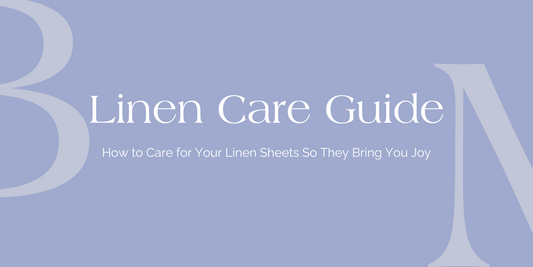In a world increasingly attuned to the environmental and ethical implications of our daily choices, the fabrics we wear and sleep on carry more weight than ever before.
Beyond mere comfort and aesthetics, the materials we choose are a reflection of our values—be they sustainability, health, or social responsibility.
As consumers become more eco-conscious, understanding the nuanced differences between fabrics like linen, cotton, bamboo, and silk becomes essential. Each of these materials offers a unique profile of benefits and drawbacks, from their environmental footprint to their impact on the communities that produce them.
Linen excels in durability, hypoallergenic, and antimicrobial properties, with a lower environmental impact. It also supports sustainable farming and local economies, especially in Europe.
Cotton is versatile but has a higher environmental footprint due to significant water and pesticide use. Organic cotton improves its profile in terms of labor practices, chemical use, and hypoallergenic properties.
Bamboo (Viscose/Rayon) is highly hypoallergenic and antimicrobial but has a high environmental impact due to the chemical processing involved. Its social impact is mixed, with concerns about labor practices during processing.
In a market where our choices influence both our personal well-being and the health of the planet, selecting the right fabric goes beyond aesthetics—it's a step towards a lifestyle that prioritizes sustainability and personal wellness.




